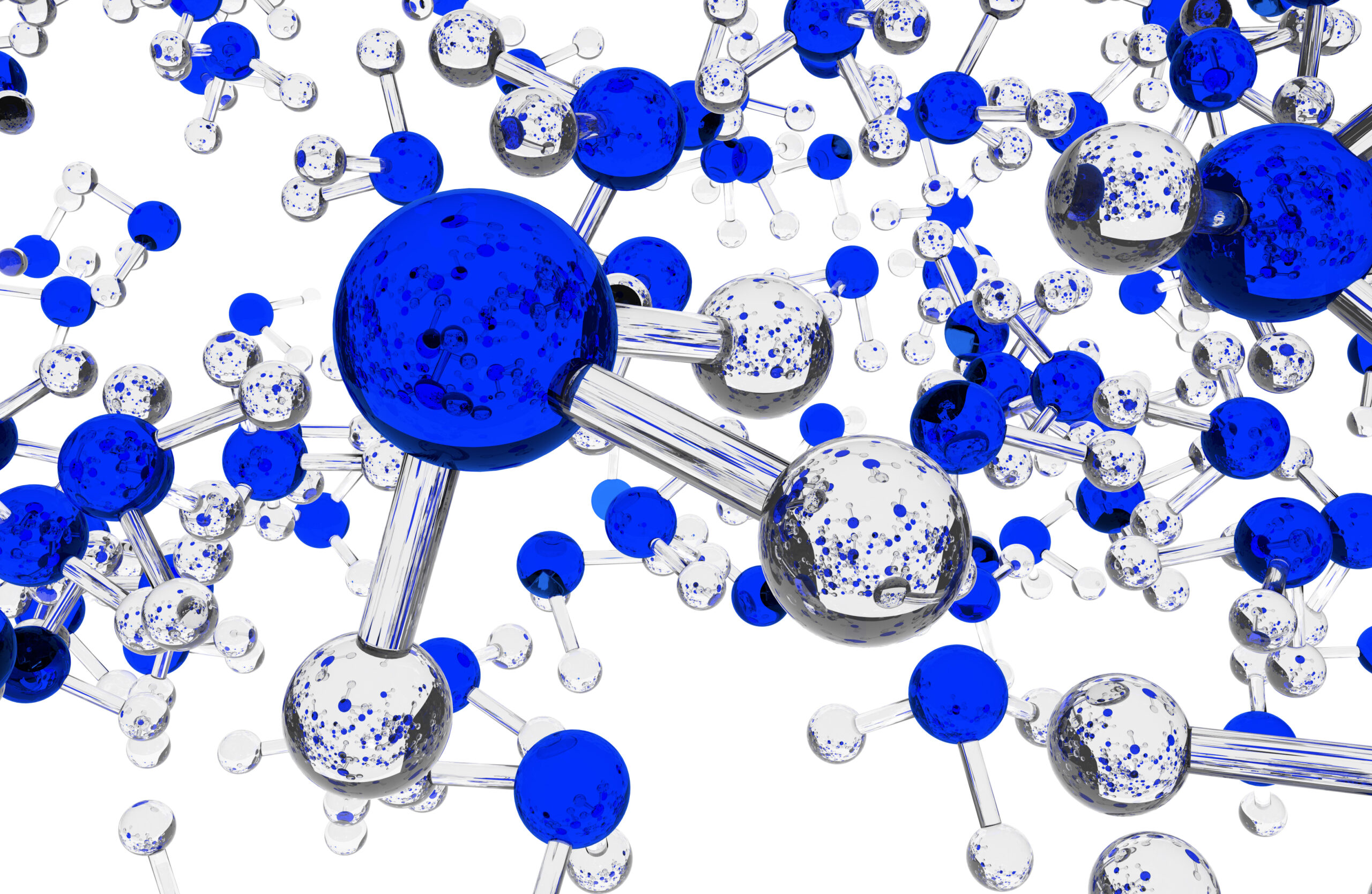
Ammonia is one of the world’s most important chemicals and has long been used in fertilizer production, which makes up 70% of ammonia demand, as well as refrigeration, manufacturing, water purification, and pharmaceuticals. Today, its applications are expanding as the use of ammonia as a clean energy carrier is rapidly gaining interest across global economies.
Hydrogen is a well-known decarbonization tool in the energy transition, but it comes with major challenges involving its storage and transportation. With half the energy density of traditional fossil fuels, ammonia is easily compressed, stored, and shipped in liquid form, making it an economical and effective energy carrier for hydrogen. Once shipped to its end location, it can be broken back down into its constituent parts — hydrogen and nitrogen — in a catalytic furnace through a process called thermal cracking. The hydrogen is then ready to be used in conventional fuel cells for industries such as power generation, transportation and shipping.
Plus, ammonia contains no carbon and doesn’t release CO2 or other pollutants upon decomposition, so it’s the most sustainable method for carrying hydrogen, especially if the ammonia is truly green to start with, as opposed to gray or blue ammonia.
With marine shipping accounting for about 3% of global carbon dioxide emissions, this industry in particular has been looking closely at the use of ammonia as a climate-friendly alternative to bunker fuel. This year, the International Maritime Organization (IMO) updated its emissions reduction targets for all ships to 20% by 2030 and 70% by 2040, compared to 2008 baseline levels. Meeting this target requires widespread innovation and investment in sustainable fuels, and there are a number of companies already developing ammonia-fueled vessels. For example, the Viking Energy is expected to become one of the first vessels propelled by ammonia fuel cells. And German multinational engine company MAN Energy Solutions recently announced the successful completion of a first test of a fully ammonia-fuelled marine combustion engine.
However, the current methods for extracting energy from ammonia are not without shortcomings. For instance, ammonia combustion typically requires co-fired fuels, leads to nitrogen oxide (NOx) emissions, and has relatively low efficiency. Thermal cracking en route to hydrogen fuel cell power generation is energy-intensive, averaging around 0.30 MWh per ton of production. Combined with conversion losses, the overall energy output is reduced by more than 25% when converted from ammonia, a significant loss in terms of the scale needed for industrial applications. Additionally, residual ammonia — even in trace amounts — can irreversibly damage fuel cells, increasing the risk of technical failure and asset loss expenses.
In its current state, the inefficiency of both routes, 1) ammonia combustion and 2) thermal cracking, renders challenging economics for using ammonia as a fuel. However, direct ammonia fuel cells are an emerging technology that can directly use ammonia to generate reliable, clean power without the need for combustion (typically with co-firing) or initial thermal cracking. The ability to forgo the process of thermal cracking allows for greater efficiency and cost-effectiveness while eliminating the risk of hydrogen fuel cell damage.
Innovation in materials discovery and electrochemical process development is critical for these promising specialized fuel cells to achieve widespread commercial adoption. For instance, the process of discovering suitable ammonia oxidation electrocatalyst materials for direct ammonia fuel cells — and optimizing them in tandem with better membranes with low ammonia crossover — simply takes too long, with technology development silos further obstructing innovation and development.
At Mattiq, we’re accelerating the exploration, discovery, and real-world deployment of new materials and processes to make direct ammonia fuel cells a viable commercial solution for industrial decarbonization. By collaborating with technology developers, manufacturers, project developers, and system operators, we’re working to produce a systematic and holistic understanding of the inner workings of direct ammonia fuel cells in a fraction of the time of conventional R&D in order to facilitate the rapid innovations needed to tackle global decarbonization.
Learn more about our approach and solutions: mattiq.com/solutions
